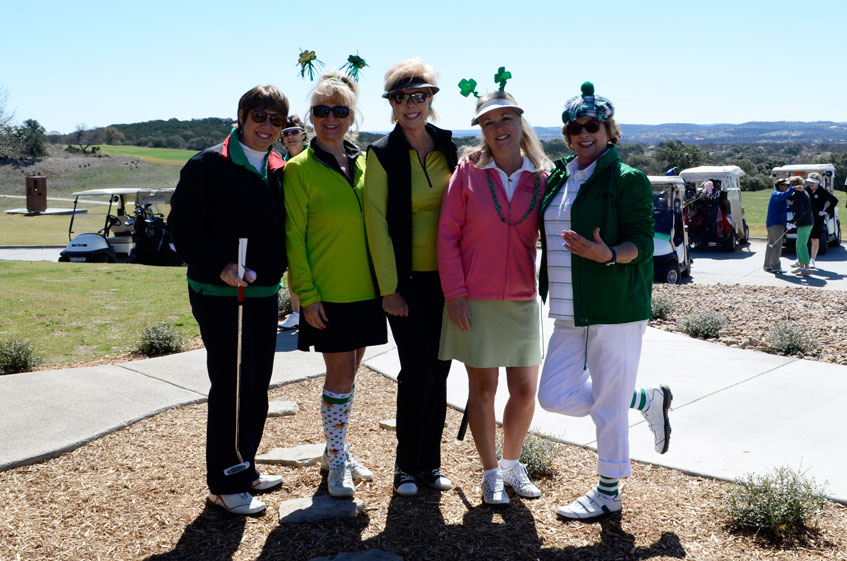

Comanche children the age of modern day-school- ers played games on horseback to learn skills that would serve them in future battles and raids. The profound bond between warrior and horse began early in life. Fehrenbach refers to as the “richest portions of the North American bison plains, the southern stretches below the Arkansas.” Their empire encompassed 240,000 square miles of what historian T.

What is astounding is that this revolution occurred largely beyond the knowledge and reach of the Europeans and Americans who had unwittingly provided the stray horses upon which the Comanches built their realm.īy the time the American settlers and military were aware that they even existed, the People, as they called themselves, had fought for and won vast stretches of the Great Plains’ buffalo-hunting grounds from other nations. Richard Dodge, one of the first American military commanders to observe their skill, called them the “finest light cavalry in the world.” While the Apache, Kiowa, Sioux, Cheyenne, Blackfoot, Crow and others certainly prospered utilizing horses, none approached the expertise of the Comanches, who, within a few generations, so mastered horsemanship that Col. Unlike most other Indians, they selectively bred their own horses and even gelded them for battle, and they disdained the Apache practice of eating horseflesh. The Comanches’ astonishing horse- back rise to dominance of much of the Great Plains of Texas, Oklahoma, New Mexico, Colorado and Kansas was based on their unparalleled proficiency in all things equine. They had been kicked around and pushed hither and yon by other nations. Their society was flat and simple with neither religious nor military chiefs beyond the leaders of small hunting bands. Before that fateful meeting, Comanches, a branch of Shoshones from what is now Wyoming, had been considered a backward people by other Plains Indians. These questions can only be answered by first understanding the revolutionary encounter of the nomadic, buffalo-hunting Comanches with the horse. What was the Comanche Trail? What was it used for? How was it forged? According to Big Bend National Park archeologist Tom Alex, the remains of the trail’s networks in the park are readily apparent only from an aerial perspective these days, but it is still quite visible on the ground near Fort Stockton. This home is pristine and move in ready! All measurements, taxes, financial and school data are approximate and provided by other sources.Obscured by time and nature, the Comanche Trail that once cut through West Texas is now more a legend than a fact, but its traces can be found on old maps, in history books and novels and, in a few places, still engraved into the desert soil. Home is practically brand new as it was completed at the end of 2019. Oversized garage is 26' deep with finished floors and golf cart garage. Enjoy fireplace with gas logs as well as built in grill on the back patio while taking in the amazing views. Spectacular covered back patio is flag stoned and has vaulted wood ceiling. Master suite has vaulted ceiling, wood floors, spacious bath with garden tub and large walk in shower with two shower heads. Large open kitchen features Quartzite countertops, huge island, wet bar with wine fridge, gas cooktop, double ovens and a fabulous pantry with storage galore! Office has built ins.
#COMANCHE TRACE WINDOWS#
Entry opens to expansive great room filled with natural light, tall ceilings with rustic beams, large windows and sliding doors, modern stone fireplace, built ins and wood floors. As you enter the home you will notice the barrel wood ceiling in the entry and arched stone wall accent. Gorgeous modern Hill Country home backs to green space with beautiful long range hill country views and perfect SE exposure off the back.


 0 kommentar(er)
0 kommentar(er)
